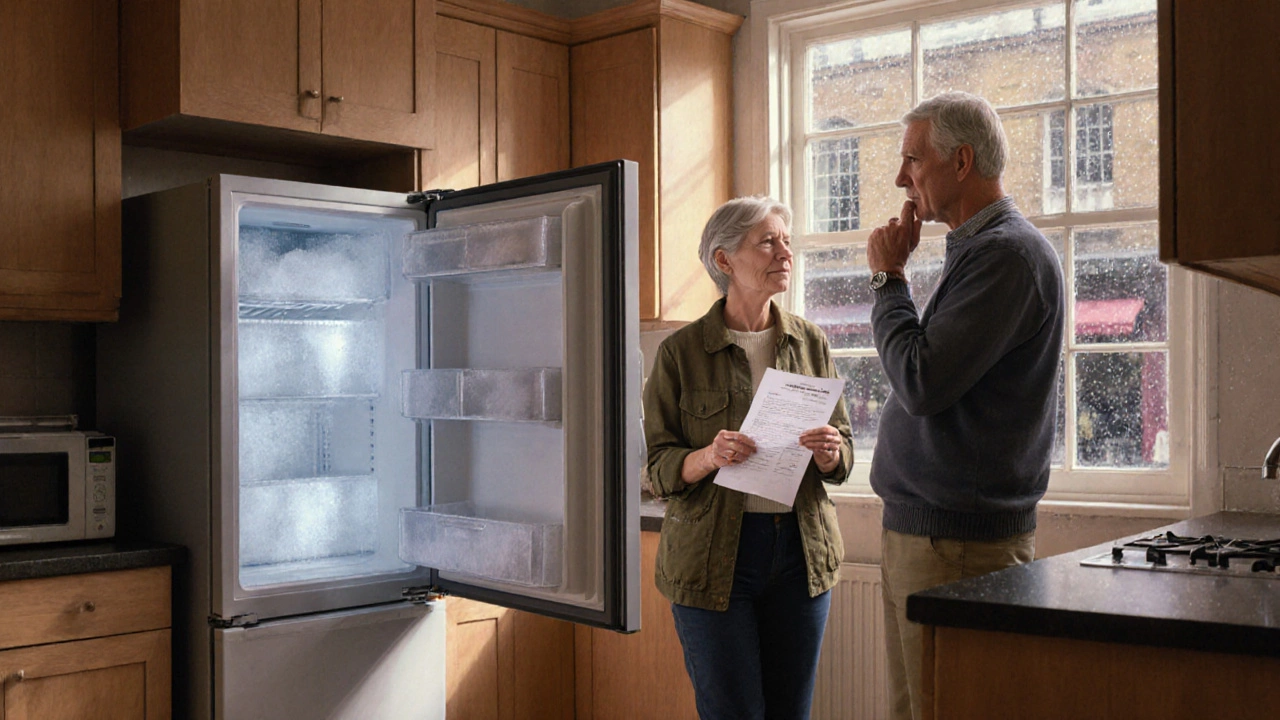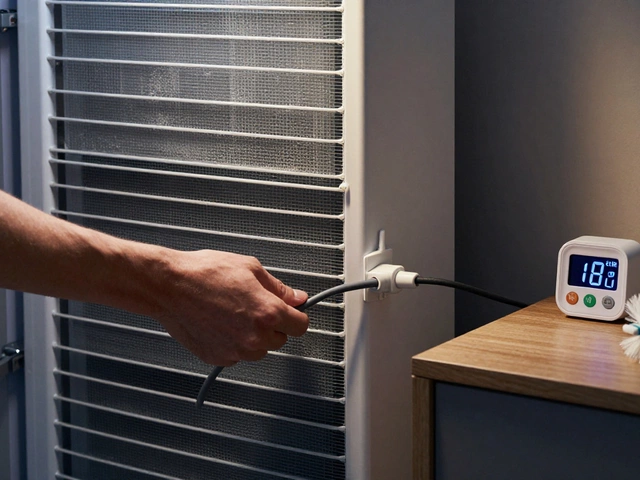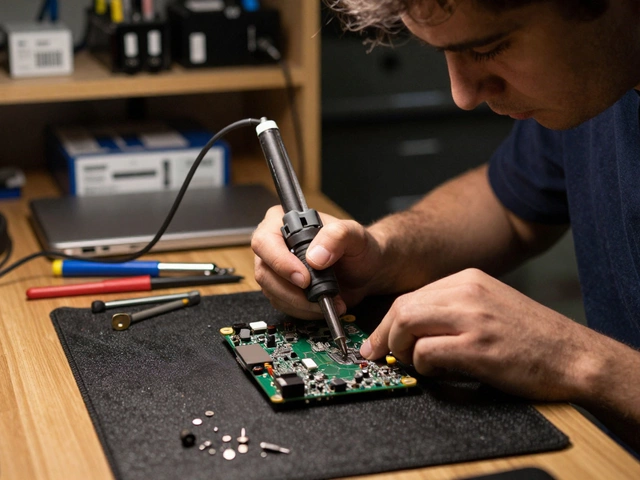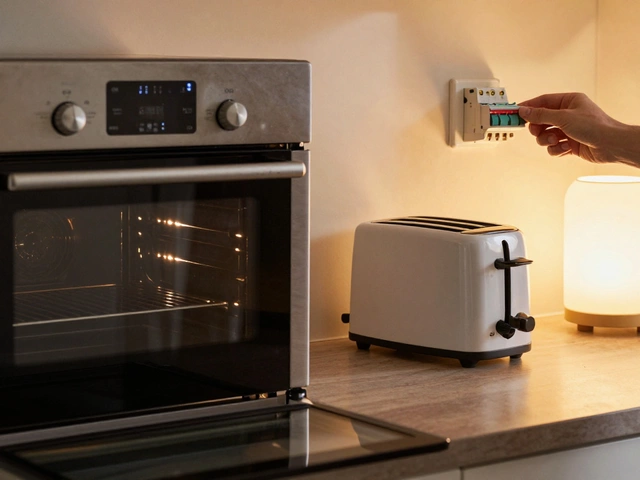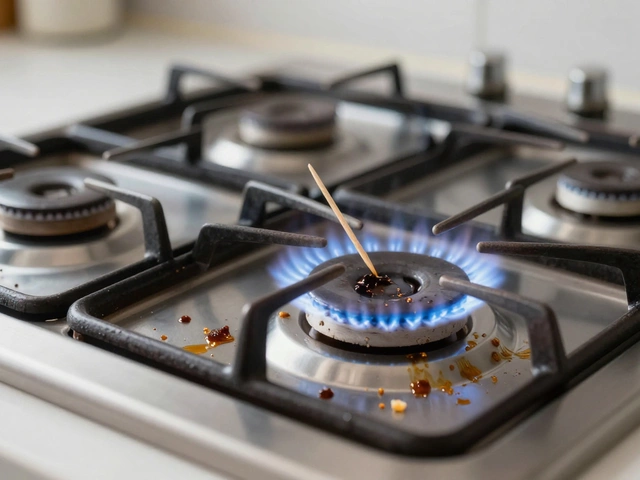Freezer Maintenance Made Simple
Ever opened a freezer only to find ice buildup, funky smells, or a higher electricity bill? Most of those problems disappear with a bit of regular care. Below you’ll find straightforward steps you can do yourself, plus quick fixes for the most common issues.
How to Clean and Defrost Your Freezer
First, schedule a quick defrost every six months. Unplug the unit, remove all food, and place towels on the floor to catch melt water. Let the ice melt naturally or speed it up with a bowl of hot water placed inside. Once the ice is gone, wipe the interior with a mixture of warm water and a splash of vinegar – this cuts odor and removes residue without harsh chemicals.
After cleaning, check the door gasket. A worn or cracked seal lets cold air escape, making the compressor work harder. Run a finger along the edge; if you feel a draft, clean the gasket with mild soap and a soft cloth. For stubborn gaps, a silicone sealant works well, but replace the gasket if it’s cracked.
Finally, organize the food. Keep items in clear bins or label shelves so you don’t leave the door open while hunting for something. A tidy freezer stays colder longer and reduces the need for the motor to run.
Common Freezer Issues & Quick Fixes
**Freezer Not Freezing** – First, make sure the temperature dial is set to around –18°C (0°F). If it’s correct, listen for the compressor; a humming sound means it’s trying. Check the condenser coils at the back; dust buildup blocks airflow. Use a vacuum brush to clean them, then plug the unit back in. If the problem persists, the thermostat may be faulty – swapping it usually costs less than a full service.
**Ice Buildup Inside the Door** – This often means the door seal isn’t tight or you’re opening the freezer too often. Install a simple door alarm that beeps when the door stays open too long. It’s a cheap addition that saves a lot of energy.
**Funky Smells** – Even after a clean, lingering odors can hide in corners. Place an open box of baking soda on a shelf to absorb smells. Replace the box every three months for best results.
**Water Leaking Inside** – A blocked drain tube can cause water to pool. Locate the drain at the back wall, clear any debris with a pipe cleaner, and pour a little hot water to flush it out.
**Noisy Operation** – Rattling sounds often come from items touching the freezer walls. Secure boxes with rubber pads or relocate them. If the motor itself sounds louder than usual, it might need lubrication or a professional check.
Keeping a freezer running smoothly isn’t rocket science. A few minutes each season to defrost, clean, and inspect seals can extend its life by years and keep your food safe. Remember, a well‑maintained freezer saves you money on electricity and avoids surprise repairs. So set a reminder, grab a sponge, and give your freezer the TLC it deserves.
Should You Repair Your Freezer? Cost, Risks & When to Replace
- Alden Wilder
- Sep 30 2025
- 0 Comments
Learn how to decide if fixing a freezer makes sense, compare repair costs to buying new, and get tips for maintenance and choosing a reliable service.
View More